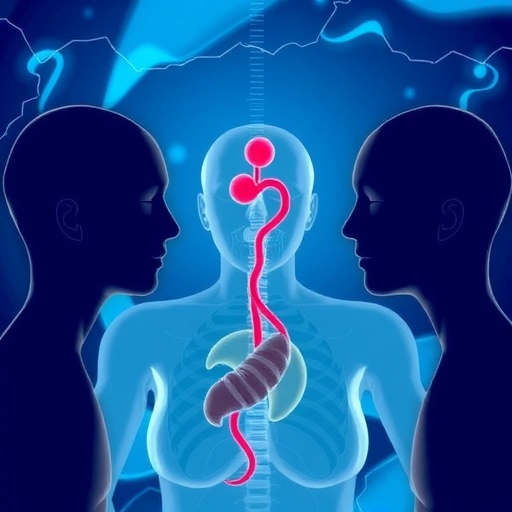WASHINGTON, D.C., April 11, 2017 — To really take off, advanced quantum information processing will require getting a better (experimental) grasp of an essential phenomenon called "indistinguishable photons." A high degree of "indistinguishability" requires almost complete wave-packet overlap, or perfect photon matching, of energy, space, time and polarization.
While many types of single-photon emitters such as semiconductor quantum dots have already demonstrated generation of indistinguishable photons, a group of researchers from the University of Tsukuba and Japan's National Institute for Materials Science looked to using a nitrogen impurity center found in III-V compound semiconductors as a novel single-photon source. They report their results this week in the journal Applied Physics Letters, from AIP Publishing.
Nitrogen luminescence centers within III-V compound semiconductors, composed of elements in columns III and IV of the periodic table such as GaAs, show a sharp emission spectrum corresponding to an energy state known as an "isoelectronic trap." Single-photon generation from these isoelectronic traps is highly desirable because of the homogeneity it provides, emitting photons from multiple centers with the same energy.
"Our studies confirmed that isoelectronic traps do indeed have a long coherence time, which is one of the necessary conditions for creating an indistinguishable photon," said Michio Ikezawa, an associate professor at Pure and Applied Sciences, University of Tsukuba.
For the study, the group first evaluated the indistinguishability of photons emitted from a luminescence center in nitrogen delta-doped GaAs by two-photon interference. They also investigated its time dependence, which revealed important information about the timescale of decoherence (said another way, when the quantum system blurs and displays classical state behavior) that can be challenging to obtain via other methods.
For this work, the "emission center" that acts as an isoelectronic trap is formed by the impurity within GaAs where nitrogen has replaced arsenic. "When the sample is photoexcited, each trap can capture one electron-hole pair and emit a single photon by a radiative recombination of them," Ikezawa said.
These nitrogen impurities are then "doped within a very thin two-dimensional layer by the so-called delta-doping technique during metal organic chemical vapor deposition growth," Ikezawa said. "Using this technique, a single luminescence center can be selected with a conventional optical microscope."
Measuring the indistinguishability offered surprising insight. "The indistinguishability was 0.24, which was independent of the time interval between 2 to 4 nanoseconds," Ikezawa said. "This was somewhat surprising compared with previous studies of quantum dots, and we concluded that there's a very fast dephasing mechanism within 2 nanoseconds in our sample."
The group's results are important not just because they are the first demonstration of measuring two-photon interference of indistinguishable photons created by impurity centers in III-IV semiconductors, but also because they explore similarities and differences with typical quantum dots for decoherence mechanisms.
As far as applications, "indistinguishable photons are very important for quantum information technology such as quantum teleportation and linear optical quantum computation," Ikezawa said. "Our goal is to be able to provide many photon sources that generate indistinguishable photons in an integrated form in a semiconductor chip."
While semiconductor quantum dots have been intensively studied with similar aims, "it's difficult in principle to make the energy of photons obtained from many quantum dots the same so that they're indistinguishable from each other," Ikezawa said. "The indistinguishability obtained this time wasn't high enough. It's thought to be caused by the high-speed relaxation mechanism we reported, so a future task will be to clarify the mechanism and find a method to suppress it."
###
The article, "Quantum interference of two photons emitted from a luminescence center in GaAs:N," is authored by Michio Iwezawa, Liao Zhang, Yoshiki Sakuma and Yasuaki Masumoto. The article will appear in the journal Applied Physics Letters on April 11, 2017 (DOI: 10.1063/1.4979520). After that date, it can be accessed at http://aip.scitation.org/doi/full/10.1063/1.4979520.
ABOUT THE JOURNAL
Applied Physics Letters features concise, rapid reports on significant new findings in applied physics. The journal covers new experimental and theoretical research on applications of physics phenomena related to all branches of science, engineering, and modern technology. See http://apl.aip.org.
Media Contact
Julia Majors
[email protected]
301-209-3090
@jasonbardi
http://www.aip.org
############
Story Source: Materials provided by Scienmag




